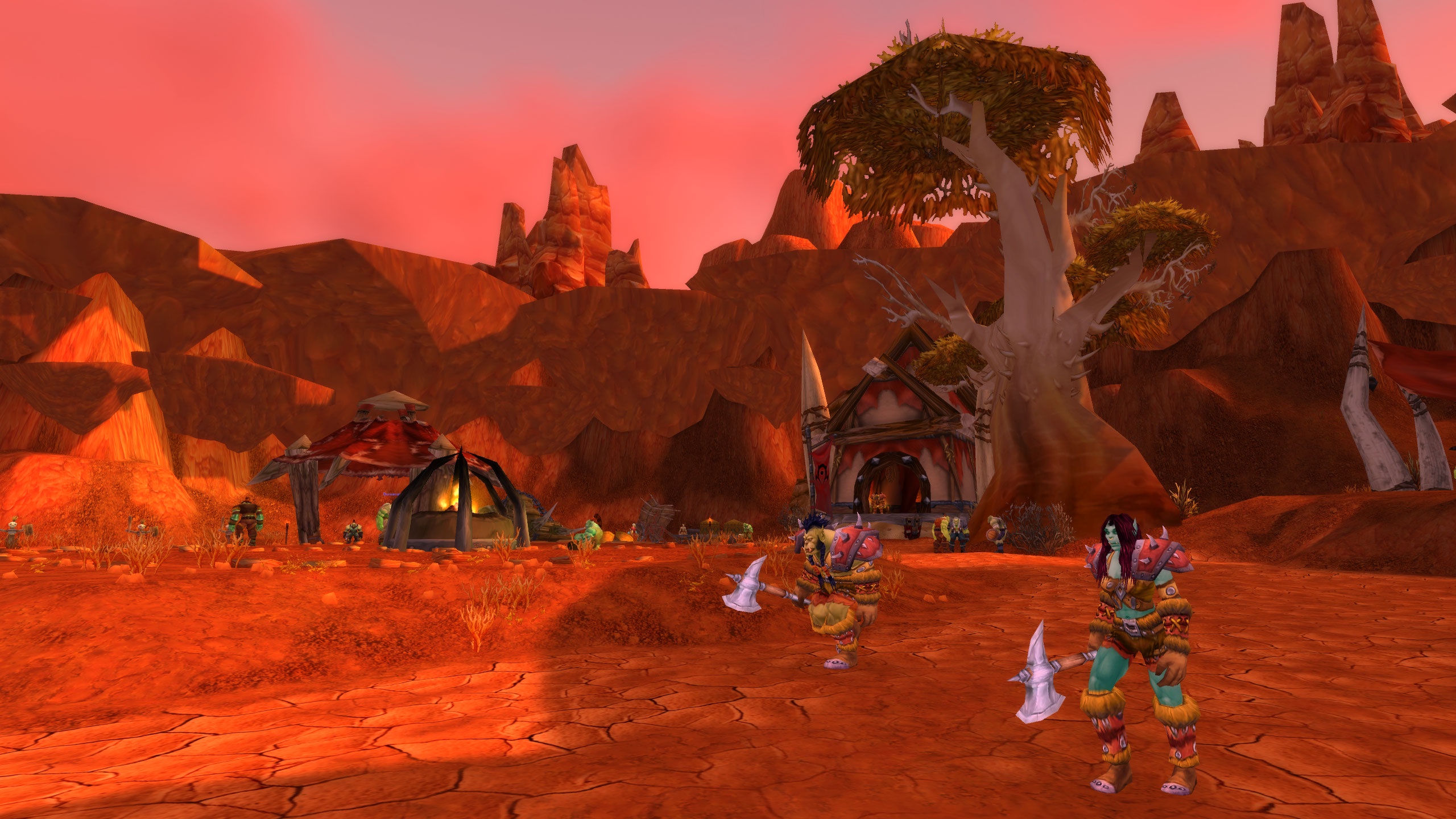Introduction: Grow Your Guild’s Raid Power
Guilds aiming for top‑tier content must equip members with high item‑level gear, but regular farming can take weeks. A WoW raid boost offers a shortcut: you reserve a slot with a team of expert players who clear raid bosses on your guild’s schedule. You choose how many boss kills you need—single encounters or a full raid clear—and select whether guild members join in self‑play mode or hand over control in piloted sessions. In self‑play, your players follow live callouts and learn strategies as they earn loot. Piloted runs put an expert at the controls, securing gear on behalf of your guild while members watch or log off. Once the run finishes, loot drops follow the same roll rules as any guild raid, and items arrive via in‑game mail or direct trade. With fast resets and focused team play, a boost cuts the time spent on wipe recovery and pug coordination, letting your guild hit its gear goals in days instead of weeks.
Using a raid boost also frees up guild officers from recruitment chores and raid planning. Instead of scouting for friendly pickup players or adjusting roles each week, officers can book a boost session that matches the exact number of slots needed. Providers list available times in multiple regions and offer clear pricing per boss or per raid, so budgeting for gear upgrades becomes a simple line item in your guild fund. After booking, you receive confirmation with voice‑chat links and a run plan, making coordination straightforward. This lets guild leaders focus on strategy, community events, and member support, while the boost team handles the toughest encounters.
By adding boost runs to your guild calendar, you create a reliable path for new recruits to catch up with veteran players. Fresh members can grab key upgrades in a single session, reducing the gear gap and allowing them to join progression nights faster. This keeps morale high, cuts down on attendance drops, and maintains steady progress through seasonal content.
Why Raid Boost Helps Your Guild
A raid boost delivers gear upgrades across all roles—DPS, healers, and tanks—so your guild moves forward as a unit. For DPS, higher item levels mean better weapon damage, increased critical strike, and more consistent damage output. When damage classes hit damage benchmarks, your guild clears trash packs and bosses with fewer wipes. Healers gain added intellect and spirit, boosting healing power and mana efficiency, which lowers raid stress on heavy damage phases. Tanks receive extra stamina and mitigation stats, making it easier to hold enemy focus and survive mechanics that punish lower‑geared players. When every slot in your raid group meets the recommended item level, your overall success rate climbs sharply.
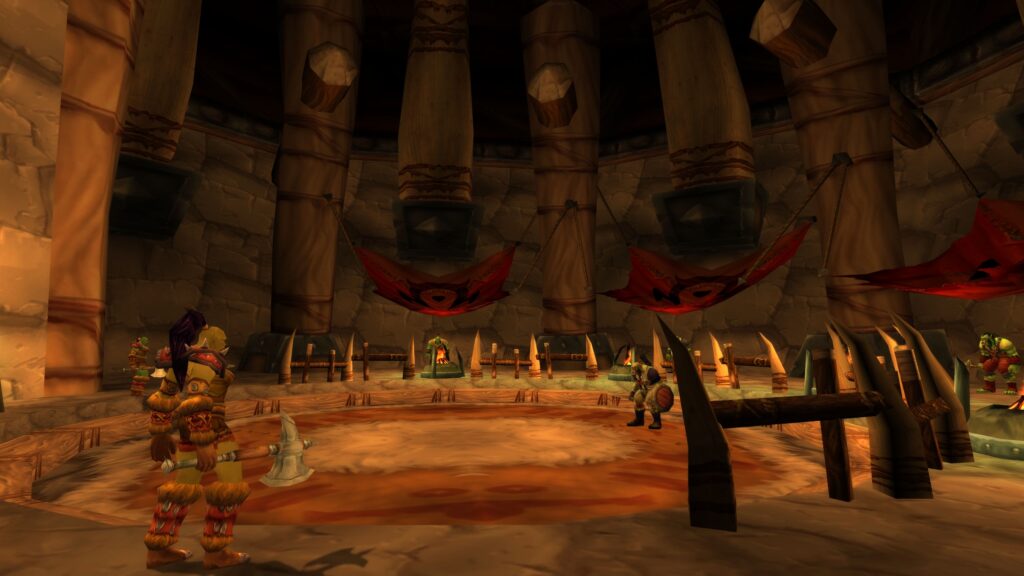
Beyond raw stats, boost runs improve your guild’s competitive standing. Many top‑tier and cross‑realm groups require minimum gear thresholds for entry. By scheduling a boost, your guild can meet or exceed those thresholds quickly, opening doors to higher‑end pickup groups or ranking servers by performance. This fast track to gear also signals to potential recruits that your guild supports member growth. New players see that they can reach end‑game power levels without months of solo farming, making your guild an attractive home for skilled but time‑pressed players.
Boost runs also help guild officers manage progression pacing. Instead of stalling on a single wipe‑heavy fight, you can plan a boost night to clear that boss and keep morale high. With key gear in place, your guild faces fewer roadblocks on subsequent bosses. This maintains a positive cycle: faster clears lead to higher morale, which boosts attendance, which leads to more boosts or smooth progression. In short, raid boosts give your guild the power to adapt its schedule, meet progression goals, and grow its community at a steady pace.
Raid Boost Options for Guilds
Guilds can choose from three main boost options that match different needs and budgets. Single‑Boss Service focuses on one boss encounter for players who need a specific gear piece or achievement. These runs usually last 1–2 hours, making them ideal for filling gear gaps or unlocking key titles. You pick the boss that drops the item you want—say, a trinket or helm—and the team repeats the fight until your guild wins the roll. If you miss, many providers offer a loot‑guarantee add‑on, letting you re‑run the boss at a reduced rate until you secure the drop.
Full‑Raid Clears cover every boss in an instance or wing. These runs take 2–4 hours but grant multiple loot rolls across all encounters, making them cost‑effective when you need several upgrades. Providers often bundle full clears at a lower price per boss than booking multiple single‑boss runs. For guilds chasing a broader spread of gear, full clears ensure every member who joins earns at least one upgrade opportunity.
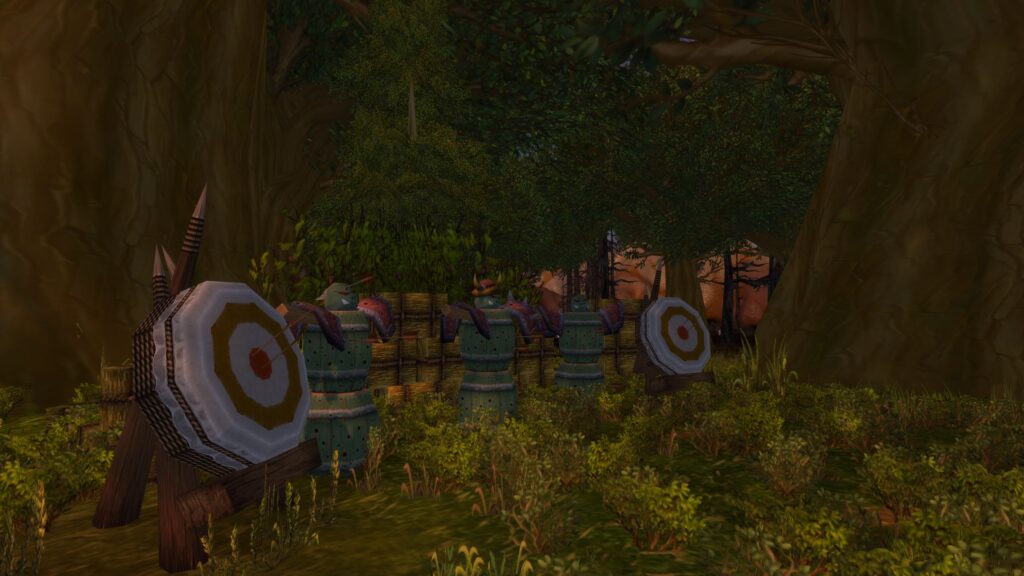
Targeted Loot Runs sit between single‑boss and full‑clear options. You select a subset of bosses that drop the items you need and skip the rest. For example, if you only need a weapon from Boss A and a trinket from Boss C, a targeted run hits those two fights and moves on. This saves time and price compared to a full clear while covering more than a single fight. Targeted runs typically take 1.5–3 hours, depending on the number of bosses chosen.
All three options support self‑play and piloted modes. Self‑play gives your guild members hands‑on experience guided by pros, while piloted runs hand control to an expert who ensures a clean, fast clear. By matching run type and service mode to your guild’s goals—whether filling a single slot or gearing an entire raid team—you keep progression fast and on budget.
How to Book a Guild Raid Boost
Booking a guild raid boost takes just a few steps and helps you lock in a session that fits your team’s needs. Start by comparing providers: look for recent player reviews, clear pricing per boss or full clear, and secure payment methods. Next, pick a run type—single‑boss service, full‑raid clear, or targeted loot run—based on how many upgrades your roster needs. Decide on service mode: self‑play if your members want to lead calls and learn fights live, or piloted if you need a hands‑off boost that frees officers from raid leadership duties. Then gather your guild roster: list each player’s character name, class, spec, and role (tank, healer, DPS). Finally, confirm payment and time slot details to seal the deal.
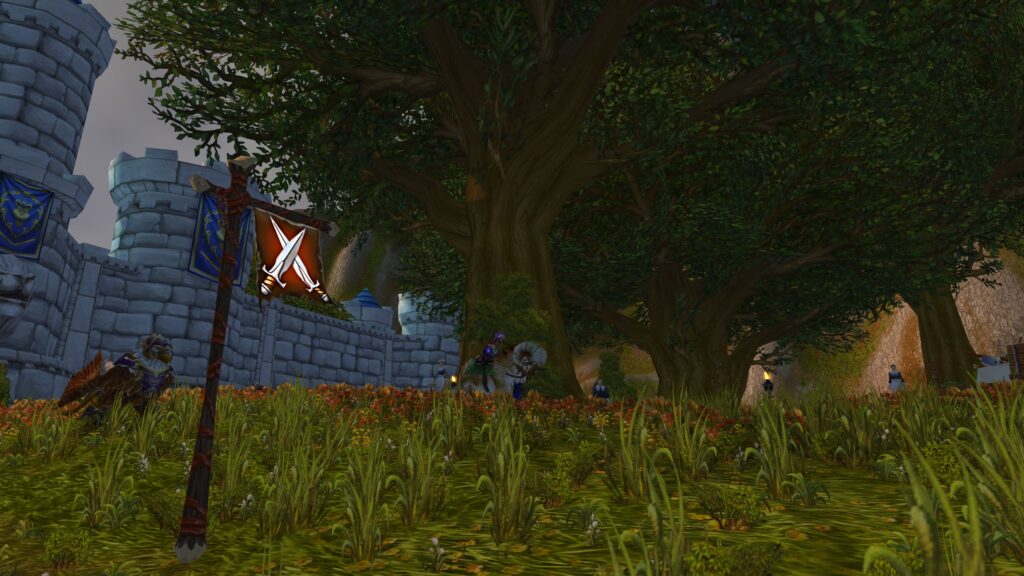
Here is a quick booking checklist:
- Provider Selection: Compare feedback, support channels, and cancellation terms.
- Run Type & Mode: Choose single‑boss, full clear, or loot run; pick self‑play or piloted.
- Roster Details: Submit character names, servers, specs, and roles.
- Schedule & Payment: Select date, time, and pay by credit card, PayPal, or crypto.
After payment, you receive a confirmation email or dashboard notice with the raid time, any required voice‑chat links, and setup instructions. Share these details in your guild chat and calendar, so every member knows when to log in or, for piloted runs, when to hand over account access. Providers often send reminder messages 12 to 24 hours in advance—keep an eye on your dashboard for updates. With these steps done, your guild is set for a smooth, efficient boost session that moves everyone closer to end‑game gear.
Guild Prep Checklist
Preparing your guild’s accounts and addons ahead of the boost ensures nothing slows your run. Use this checklist to get organized at least 12 hours before your scheduled slot:
- Clear Inventory and Mail: Free up bag and mailbox space so loot and mail deliver without errors.
- Verify Specializations: Make sure each player’s spec matches the booked role; switch talents or covenants if needed.
- Update Addons: Install or update boss‑mods, damage meters, and any utility addons the provider requires.
- Test Voice Chat: For self‑play runs, join a test channel to confirm mic levels, push‑to‑talk keys, and speaker volume.
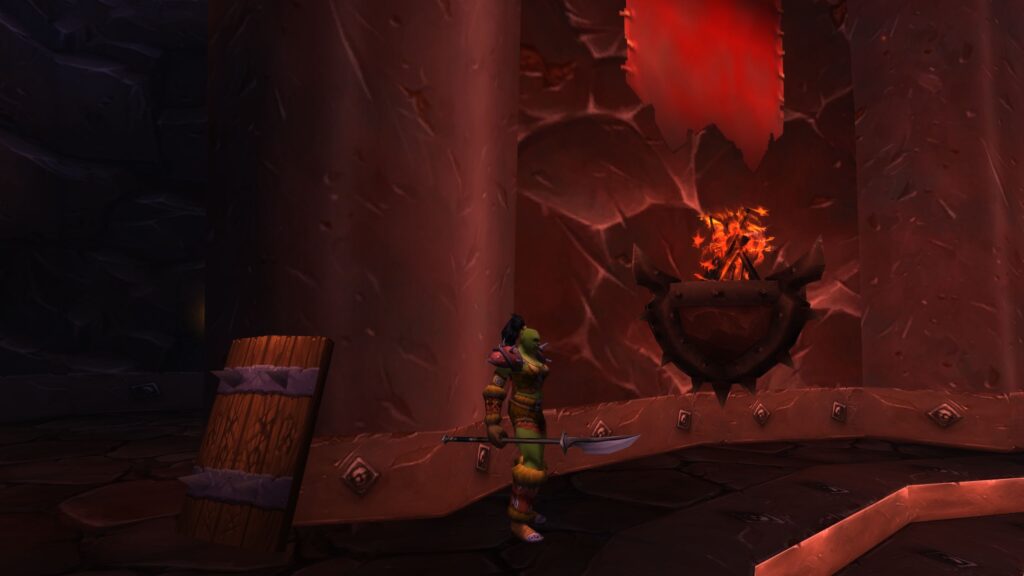
- Account Access Prep: For piloted runs, collect login details, two‑factor codes, and deletion protocols; share only what’s needed.
- Consumables Ready: Stock flasks, potions, and food buffs on action bars or keybinds.
- Assign Liaison: Designate one officer as the point of contact with the boost team for quick updates.
- Backup Plan: Book a secondary slot or note nearby time slots in case of cancellations or delays.
Completing these tasks early keeps your run on schedule and prevents last‑minute problems like addon errors or full inventories. It also frees officers to focus on strategy and morale, rather than troubleshooting technical hiccups mid‑raid. When boost day arrives, everyone logs in ready, gear slots open for loot, and voice chat is primed for clear calls—so the boost team can get straight to work.
Scheduling and Tracking Runs
Keeping a clear record of your guild’s boost sessions helps you track progress, manage budgets, and plan future runs. Use either your in‑game calendar or an external tool like Google Calendar or a simple spreadsheet. Below is a sample tracking table you can adapt:
| Date | Run Type | Time Slot | Participants | Bosses Defeated | Loot Rolls Won | Status |
|---|---|---|---|---|---|---|
| 2025‑04‑10 | Single‑Boss Kill | 20:00–22:00 CET | 10 | 1 | 3 | Completed |
| 2025‑04‑15 | Full‑Raid Clear | 18:00–22:00 CET | 15 | 8 | 12 | Completed |
| 2025‑04‑20 | Targeted Loot | 19:00–21:30 CET | 12 | 3 | 5 | Scheduled |
To set this up:
- Create Entries: Log each booked run with date, type, and time.
- Note Attendance: Record how many guild members joined versus total slots.
- Track Boss Kills: List how many target bosses fell in each session.
- Log Loot Rolls: Count rolls won by guild members to assess value.
- Update Status: Mark runs as “Completed,” “Rescheduled,” or “Canceled.”
Beyond the table, send reminders in guild chat 24 and 2 hours before each run. After the boost, hold a quick debrief: confirm loot deliveries in mail, address any issues, and gather feedback for the provider. This record‑keeping makes it easy to see which runs delivered the best results, manage your guild bank funds, and plan the next boost session with confidence. Over time, you’ll refine your boost strategy and ensure every guild member levels up together.
Member Roles in Boost Sessions
Effective boost sessions rely on clear roles for both your guild members and the boost team. Assign a raid leader or liaison who handles all communication with the provider. This person confirms the raid time, shares voice‑chat links or account details, and addresses any setup questions. Next, slot your tanks early: these players must be ready with their threat addons and cooldown rotations. They set the pace of each pull and call for defensive buffs. Healers follow, prepared with group healing assignments and mana‑management plans. They ensure the raid survives heavy damage phases and support the tanks through short wipes and boss mechanics. DPS players fill out the roster, bringing damage‑boosting consumables and any class‑specific tools required for the fight, such as crowd‑control or utility spells.
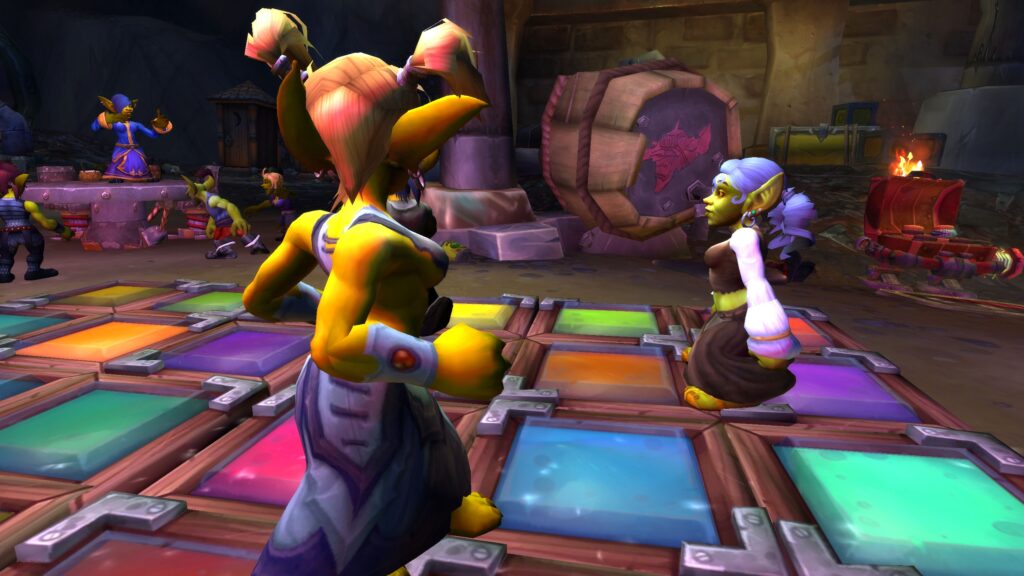
Include backup members who can step in if someone disconnects or misses the run. Backups should have all addons installed and know the basic strategy, so they slot in without slowing the group. For piloted runs, the boost pilot handles boss calls and loot rolls, but your guild liaison still needs to verify loot distribution and confirm any achievement requirements. In self‑play runs, your liaison can share boss tips from the boost leader, making sure everyone follows the same strategy. By defining these roles and sharing clear expectations before the run, your guild minimizes confusion, speeds up boss kills, and maximizes the number of completed encounters in the booked time.
Tips for Best Outcomes
- Book Off‑Peak Slots: Early mornings or late nights in your server time often have fewer players, so boost teams handle runs faster and with fewer cancellations.
- Double‑Check Time Zones: Match your local time to the provider’s schedule exactly. Even a one‑hour mistake can cause a missed run.
- Clear Inventory and Mail: Free up bag slots and empty your mailbox at least a few hours before the run to prevent item delivery failures.
- Test Voice‑Chat Setup: For self‑play, join the provider’s test channel. Verify microphone volume, push‑to‑talk keys, and speaker balance so calls for cooldowns and mechanics come through clearly.
- Have a Backup Roster: If key members log off or lose connection, backup players fill slots without delays.

- Use Loot Guarantees: If you need a rare drop or specific achievement, add a loot‑guarantee option at booking. This lets you re‑run the boss at a lower rate until you secure the item.
- Provide Clear Feedback: After the run, rate the boost team and leave comments. Good feedback can unlock loyalty discounts and faster booking for future sessions.
- Keep Communication Brief: In self‑play runs, limit callouts to critical mechanics, cooldown timings, and target changes. Short, direct calls cut down on boss downtime.
- Monitor Mail After the Run: Some pilots send loot via in‑game mail the next day. Check your mailbox before logging off to claim any missed items.
- Plan Your Next Steps: As soon as you secure key upgrades, decide if you need another boost for higher‑level content or if you can push progression with your new gear.
These tips help your guild optimize each boost session, ensuring runs finish on time and deliver the gear you need.
FAQ for Guild Leaders
Is account access safe for piloted runs?
Top providers use encrypted login systems and delete credentials when the run ends. Always confirm two‑factor support and read the security policy before sharing any details.
What if the boost team wipes multiple times?
Most providers reset quickly and retry until the boss or full clear is down. Some cap the number of attempts and offer a partial refund if they can’t complete the run in the booked time.
Can I cancel or reschedule?
Free cancellation is usually allowed up to 24 hours before the run. Rescheduling within 12 hours may incur a small fee, depending on the provider. Always check cancellation terms at booking.
Do members need specific addons?
For self‑play runs, boss‑mod and damage‑meter addons are required for callouts and performance tracking. Piloted runs require no addons since the pilot handles all mechanics.
What happens if a member misses their roll?
Without a guarantee, they can book another single‑boss run at full price. If you added a loot guarantee, you re‑run the boss at a discounted rate until the desired item drops.
How long should I block off for a run?
Single‑boss runs take 1–2 hours, including wipe recovery. Full‑raid clears last 2–4 hours. Block off extra time for setup, voice‑chat checks, and any unexpected delays.
These answers cover common concerns and help you plan boost sessions with confidence.
Next Steps and Action Plan
- Review Provider Options: List at least three boost services, compare pricing per boss and per raid, and read recent player feedback.
- Plan a Trial Run: Book a single‑boss service in self‑play mode for your tanks or healers to test the process and provider reliability.
- Set Up Guild Calendar: Use an in‑game calendar or external tool to schedule boost sessions alongside your regular raid nights. Include clear time‑zone details and backup slots.
- Prepare Your Roster: Gather character names, specs, and roles for each upcoming run. Confirm that all guild members have required addons and voice‑chat ready.
- Book Your Next Boost: Choose the run type—full‑clear or targeted loot—and select a service mode that fits your guild’s learning or speed goals.
- Run and Review: Execute the boost session, track boss kills and loot in your shared tracking table, then hold a debrief to collect feedback and confirm deliveries.
- Scale Up: After a successful trial, plan full‑raid clear boosts to gear your entire roster. Use loyalty discounts or package deals for cost savings.
By following this action plan, your guild moves steadily toward end‑game power levels, improves member retention, and builds a reputation for strong performance. Book your first boost, level up your guild’s gear, and keep the momentum going.
